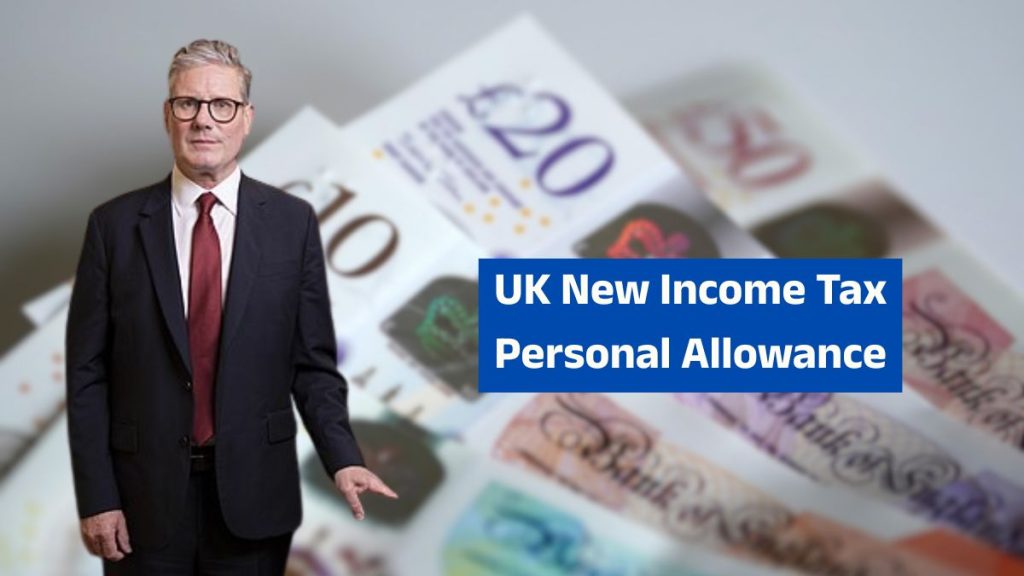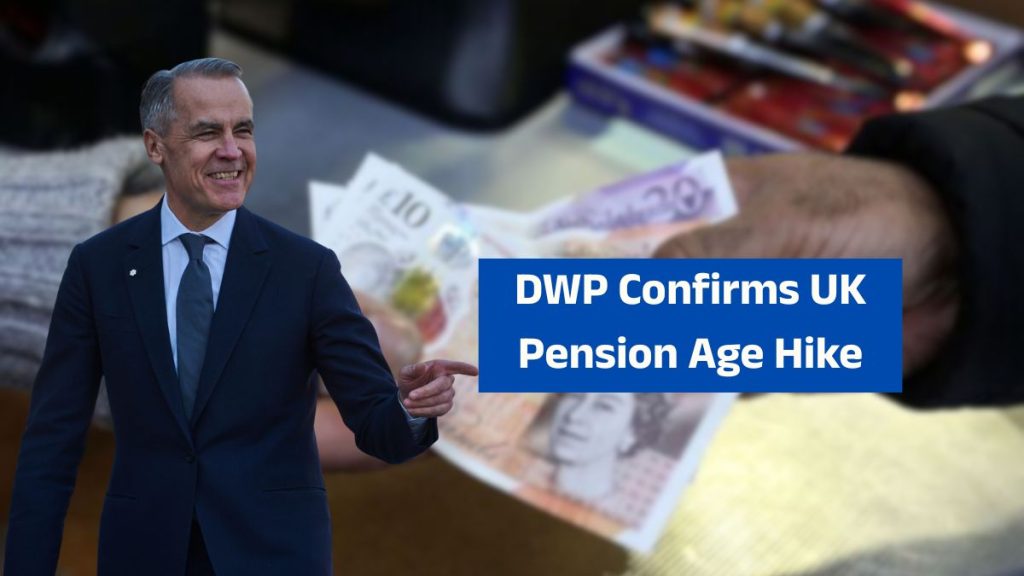From April 2026, the UK government will introduce a new rise in the National Minimum Wage and National Living Wage, marking one of the most significant adjustments in recent years. This increase will affect millions of workers, especially those in lower-income brackets, as well as businesses that will need to adapt to higher staffing costs.
Why the Wage Increase Is Happening

The UK government has linked the new wage rise to its wider strategy of tackling in-work poverty and addressing the challenges of inflation. Rising prices in essentials such as food, rent, and energy have made it harder for workers to make ends meet, and the government views this adjustment as a direct step to ease financial pressures.
For businesses, it reflects a commitment to fair pay across industries, even though it also introduces added payroll costs that will need careful planning.
What Is the Minimum and Living Wage?
The National Minimum Wage (NMW) is the lowest hourly pay rate that nearly all UK workers are legally entitled to receive. Alongside it, the National Living Wage (NLW) applies to workers aged 23 and over, offering a slightly higher rate designed to reflect adult living costs.
These rates are reviewed annually and are influenced by several economic indicators, including inflation trends, employment conditions, and the overall cost of living. The April 2026 rise is among the largest adjustments in the last decade.
Factors Driving the 2026 Wage Increase
The decision to raise the minimum wage has been shaped by a combination of key pressures:
- Inflation pressures: Persistent rises in household costs demand stronger wage support.
- Living standards: Workers need higher pay to afford rent, food, and energy bills.
- Labour market shortages: Sectors like retail, hospitality, and social care face staff gaps, and higher wages could help retain and attract workers.
- Government commitments: The UK has pledged to ensure that the lowest earners share in national economic growth.
New Minimum Wage Rates from April 2026
The government has confirmed that new rates will take effect from 1 April 2026, introducing significant changes across all age groups:
- National Living Wage (23 and over): £12.50 per hour
- 21–22 year olds: £11.40 per hour
- 18–20 year olds: £9.10 per hour
- 16–17 year olds: £7.25 per hour
- Apprentices: £6.50 per hour
This marks a historic uplift, particularly for younger workers and apprentices who will see the sharpest percentage increases compared to previous years.
Who Will Benefit the Most?
The new structure is designed to reach a wide group of UK employees, but some sectors stand out as the biggest beneficiaries:
- Retail staff, who often earn close to the minimum wage.
- Hospitality workers, including bar staff, kitchen assistants, and waiting staff.
- Care sector employees, such as care assistants and support workers.
- Young workers under 23, who will see meaningful wage jumps.
- Apprentices, gaining extra support even though their rate remains the lowest.
How Workers Will Be Affected
For employees, the wage rise will bring clear financial and lifestyle improvements:
- Increased take-home pay, giving households more flexibility to meet rising costs.
- Higher living standards, helping workers better manage essentials like rent and energy.
- Improved job satisfaction, as fairer wages foster better morale.
- Reduced financial stress, providing relief for families dependent on minimum earnings.
A full-time worker on the new National Living Wage could see an annual pay boost of around £2,000 compared to current rates.
The Impact on Businesses
While employees will benefit, companies must adjust to the reality of higher costs. Challenges include:
- Rising payroll expenses, particularly for small firms in retail and hospitality.
- Possible price hikes, as businesses may pass on costs to customers.
- Squeezed profit margins, especially for firms already under pressure from energy bills and supply chain inflation.
- A push for efficiency, prompting more investment in automation and restructuring.
On the positive side, businesses may benefit from lower staff turnover, stronger retention rates, and improved productivity, offsetting some of the costs.
Government Support for Employers
The government has acknowledged the pressure businesses will face and may introduce targeted support, including:
- Tax reliefs designed to ease the burden on small businesses.
- Apprenticeship and training incentives to build a skilled workforce.
- Sector-specific grants for industries most impacted by rising wages.
Employers are urged to prepare early by reviewing budgets, improving efficiency, and adjusting recruitment strategies.
The Broader Economic Impact
The April 2026 wage rise will likely have far-reaching effects across the UK economy:
- Boost to consumer spending, as workers with higher wages inject more money into local economies.
- Potential inflationary pressures, as increased wages may contribute to rising prices in goods and services.
- Reduced inequality, helping to close the gap between higher and lower earners.
- Greater workforce participation, with better wages encouraging more people to re-enter the job market.
Balancing Benefits and Challenges
The 2026 wage increase is both a victory for workers and a test for businesses. While low-income employees stand to benefit from improved financial stability, businesses will face fresh challenges in adapting to higher payroll responsibilities.
The long-term success of this policy will depend on how effectively companies manage the changes and how well the government balances support for employers with protections for workers.
FAQs
Q1. When will the new minimum wage rates take effect?
A1. The new rates will apply from 1 April 2026 across the UK.
Q2. Who qualifies for the National Living Wage?
A2. Workers aged 23 and over qualify for the National Living Wage, which will rise to £12.50 per hour in April 2026.
Q3. How much more will a full-time worker earn under the new rates?
A3. A full-time worker on the National Living Wage could earn around £2,000 more per year compared to the previous rate.
Q4. How will this affect small businesses?
A4. Small businesses, especially in retail and hospitality, will face higher payroll costs and may need to raise prices or improve efficiency to cope.
Q5. What support will the government provide to businesses?
A5. Possible measures include tax reliefs, apprenticeship incentives, and industry-specific grants to ease the transition.













